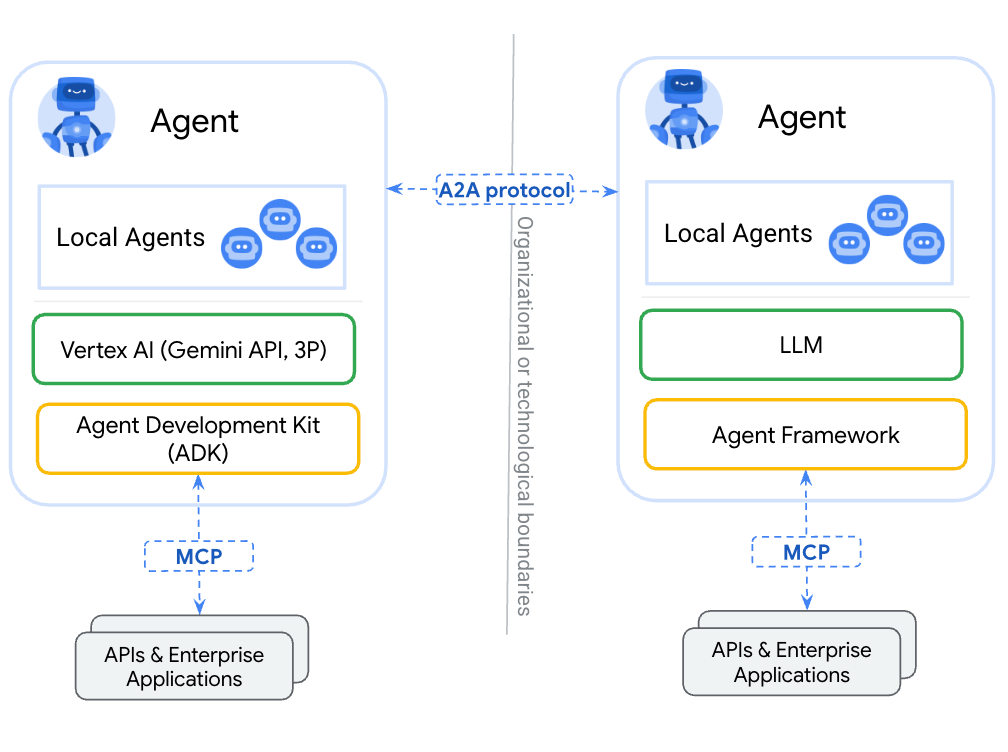Welcome to the MCPFly Blog
Welcome to the official MCPFly blog! We're excited to launch this platform where we'll share insights, tutorials, case studies, and ecosystem updates related to the Model Context Protocol (MCP). Whether you're a seasoned AI developer or just getting started with context-augmented language models, our blog will serve as a valuable resource in your journey.

MCPFly Blog Launch Banner
What is the Model Context Protocol?
The Model Context Protocol (MCP) represents a significant advancement in how we interact with large language models (LLMs). At its core, MCP is a standardized protocol designed to inject contextual information into LLMs, addressing one of the most significant challenges in AI: providing accurate, up-to-date, and relevant information.
Through MCP, developers can:
- Enable AI models to access the latest information beyond their training cutoff
- Supply private or proprietary data as context without fine-tuning
- Enhance model capabilities in specialized domains
- Reduce hallucinations and improve response accuracy
- Create scalable and modular AI solutions
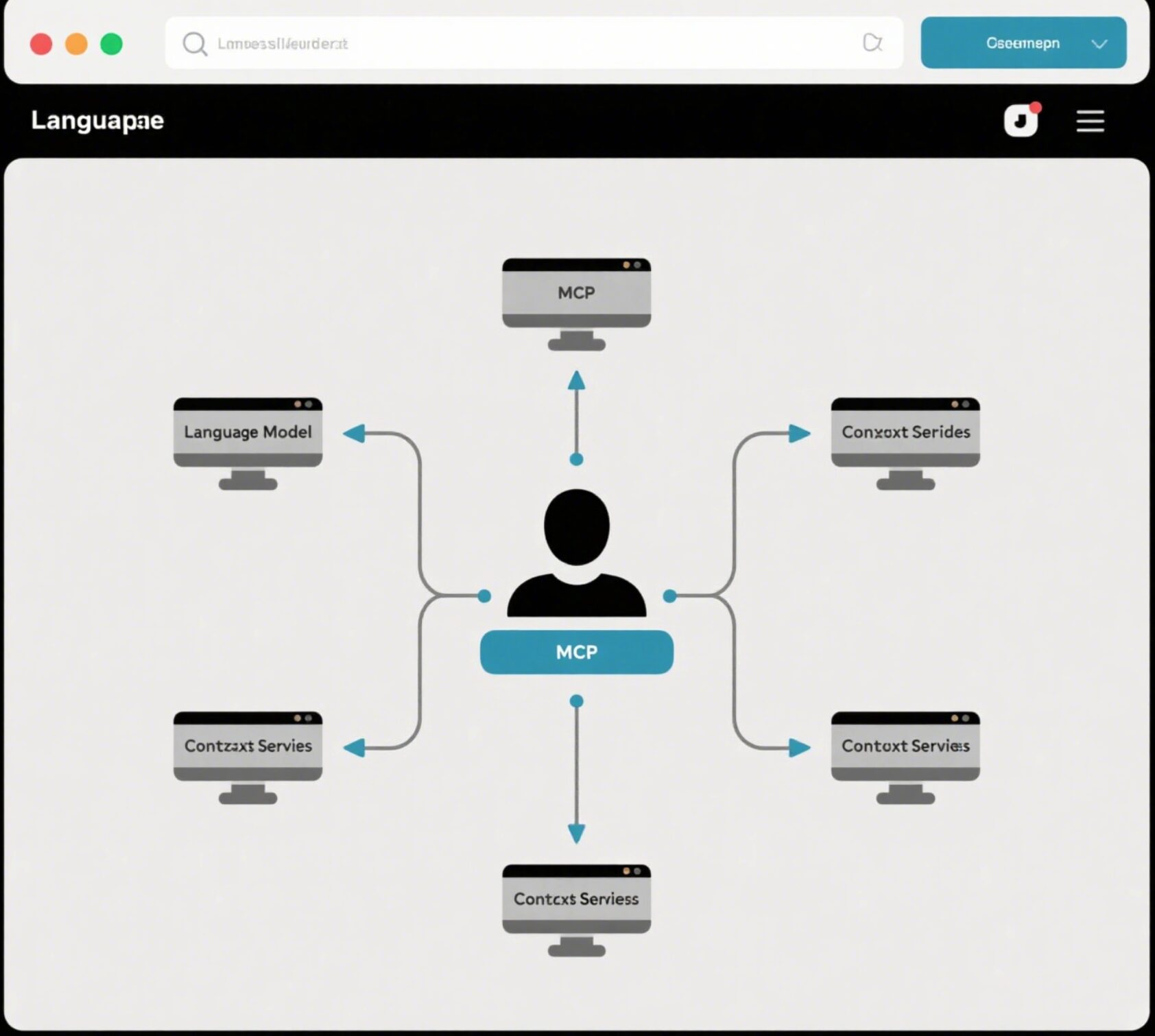
MCP Architecture Overview
The Evolution of Context in AI
Before diving deeper into MCP, let's briefly consider how context in AI has evolved:
- Early LLMs (Circa 2017/2018 - 2020): Characterized by limited context windows and initially lacking direct access to external, real-time information.
- Retrieval-Augmented Generation (RAG) (2020 - Present): Introduction and development of techniques combining retrieval from external knowledge sources with generation, often starting with varied architectural implementations.
- Specialized Plugins / Platform Integrations (2023 - Present): Rise of platform-specific solutions (like early ChatGPT Plugins, evolving into Custom GPTs) allowing models to interact with external tools, often lacking broad standardization initially.
- Model Context Protocol (MCP) (Late 2024 - Present): Proposal of an open standard aiming to enable standardized, secure, and interoperable communication between AI models and external tools/data sources.
This evolution highlights why MCP represents such an important development—it standardizes what was previously a fragmented landscape of custom implementations.
What to Expect from Our Blog
We've designed this blog to be a comprehensive resource for the MCP community. You can look forward to a variety of content:
Technical Tutorials
Detailed, step-by-step guides on implementing and using MCP Servers and Clients, complete with code samples and best practices.
Case Studies
Real-world examples of how organizations are leveraging MCP to build more capable AI applications, including performance metrics and implementation details.
Ecosystem Updates
Announcements about new MCP components, tools, and resources that expand the capabilities of the protocol.
Best Practices
Expert advice on optimizing MCP implementations for efficiency, security, and effectiveness.
Community Spotlights
Highlighting innovative projects, contributions, and individuals within the MCP developer community.
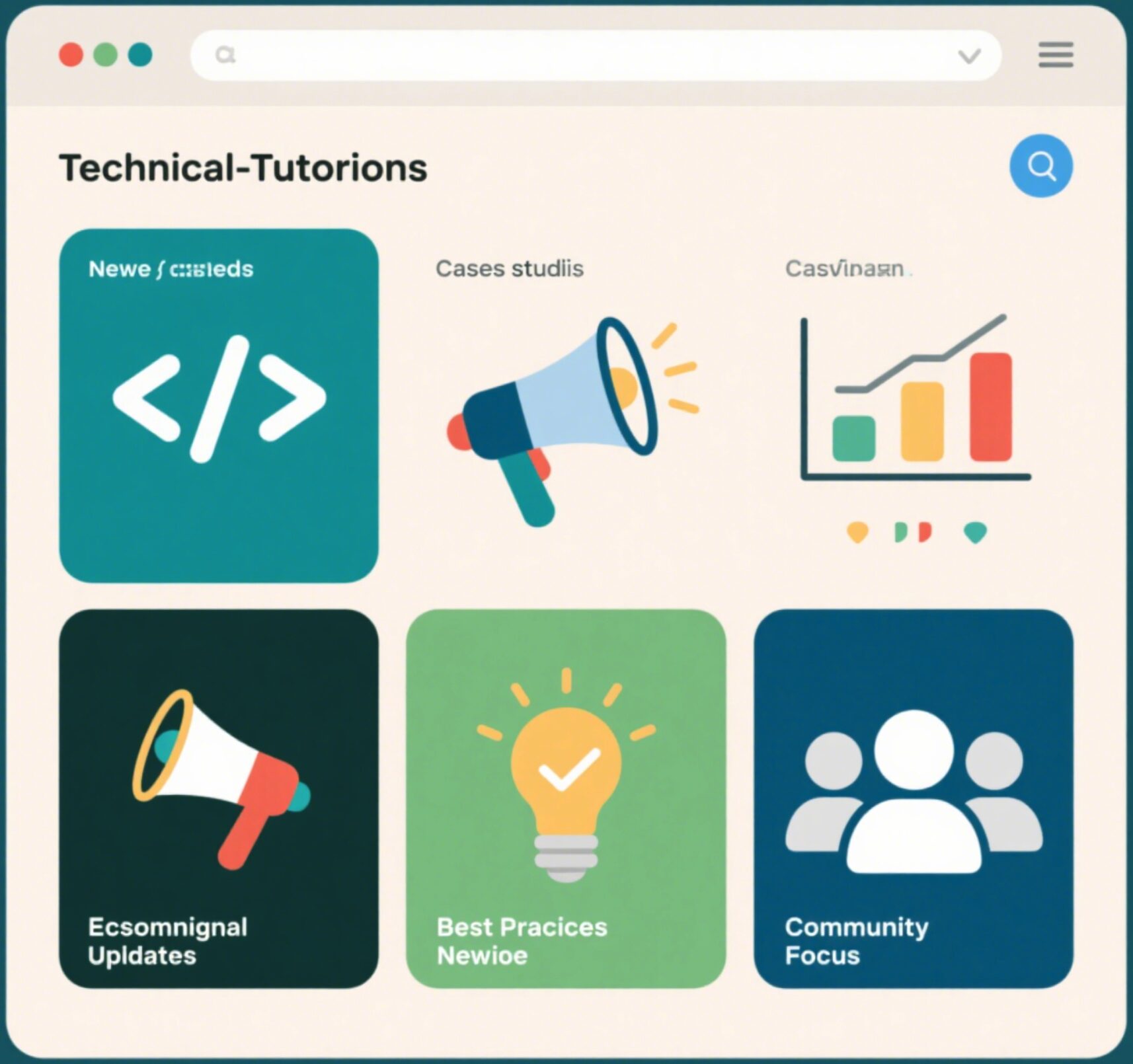
Content Categories
About MCPFly
MCPFly serves as the central hub for the MCP ecosystem, created to help developers discover, develop, deploy, and promote MCP-related resources. Our platform offers:
Comprehensive Directory
A searchable catalog of MCP Servers and Clients, making it easy to find resources that match your specific needs.
Classification System
A robust taxonomy of categories and tags to simplify the discovery process and connect related resources.
Documentation & Tutorials
Extensive documentation, getting started guides, and advanced tutorials to support developers at all skill levels.
Community Support
Forums, discussion spaces, and Q&A sections where community members can share knowledge and solve problems together.
Getting Started with MCPFly
If you're new to the MCP ecosystem, here are some recommended first steps:
- Explore our Server Directory to discover available MCP Servers across various domains
- Visit our Clients Page to understand different MCP Client implementations
- Check out the Categories Page to browse MCP resources by domain
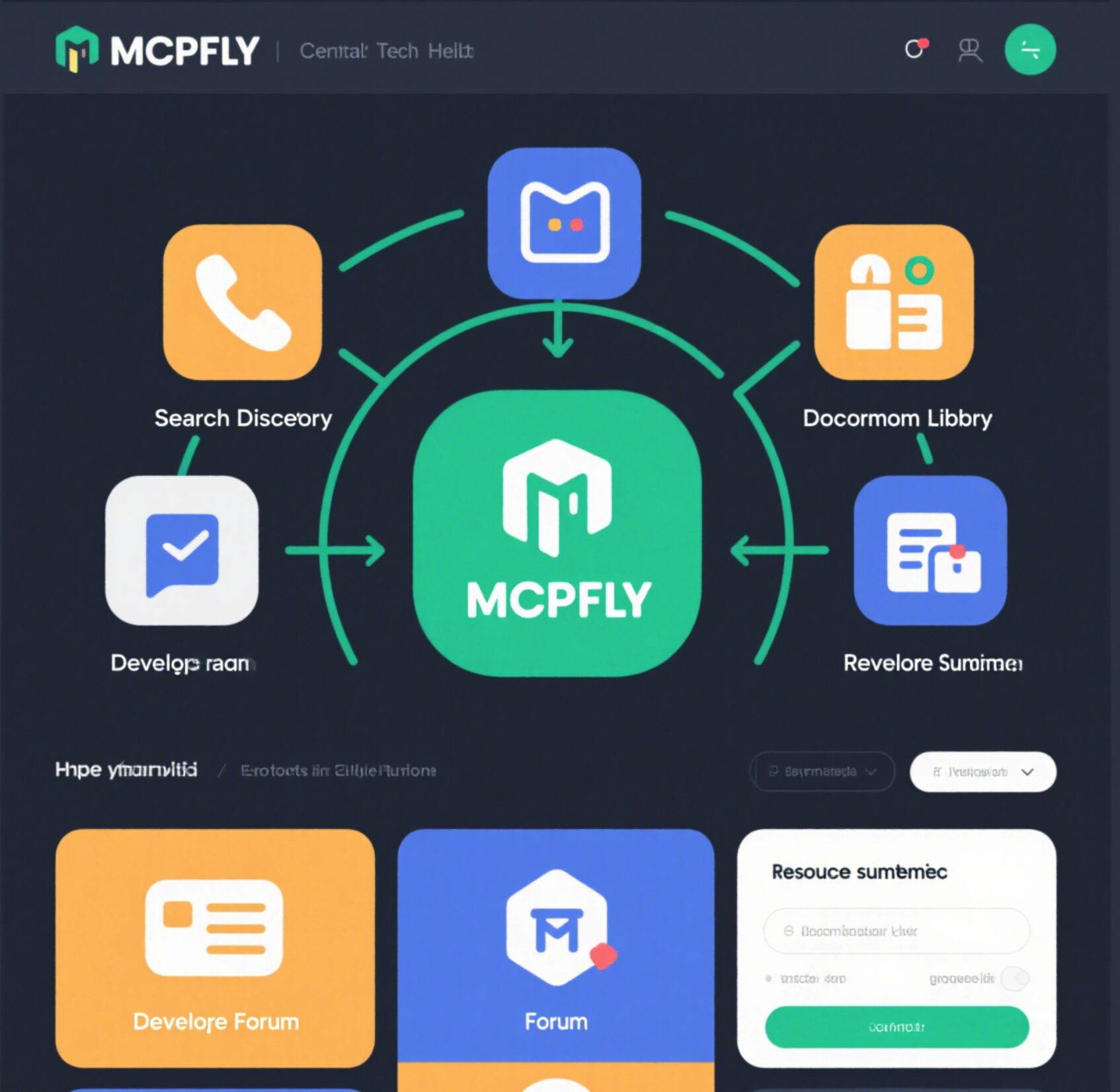
MCPFly Platform Overview
How to Contribute
The MCP ecosystem thrives through community contributions. Here's how you can participate:
Submit Your Resources
Have you developed an MCP Server or Client? Add it to our directory to increase visibility and adoption.
Share Your Experience
Write guest posts about your journey with MCP, including challenges faced and solutions discovered.
Engage in Discussions
Participate in forum discussions, answer questions, and provide feedback on other community members' projects.
Report Issues and Suggest Improvements
Help us enhance the platform by reporting bugs and suggesting new features through our feedback channels.
The Future of MCP
We believe the Model Context Protocol represents the future of how AI systems will access and utilize information. As the ecosystem continues to grow, we anticipate several exciting developments:
- Specialized MCP Servers for different domains like medicine, law, finance, and more
- Enhanced interoperability between different LLMs and MCP implementations
- Advanced security features for managing sensitive context information
- Performance optimizations to reduce latency and improve resource utilization
- Integration with emerging AI architectures beyond current LLMs
We're committed to supporting these advancements through the MCPFly platform and this blog.
Stay Connected
To stay updated with the latest from our blog and the broader MCP ecosystem:
- Subscribe to our newsletter
- Follow us on Twitter and LinkedIn
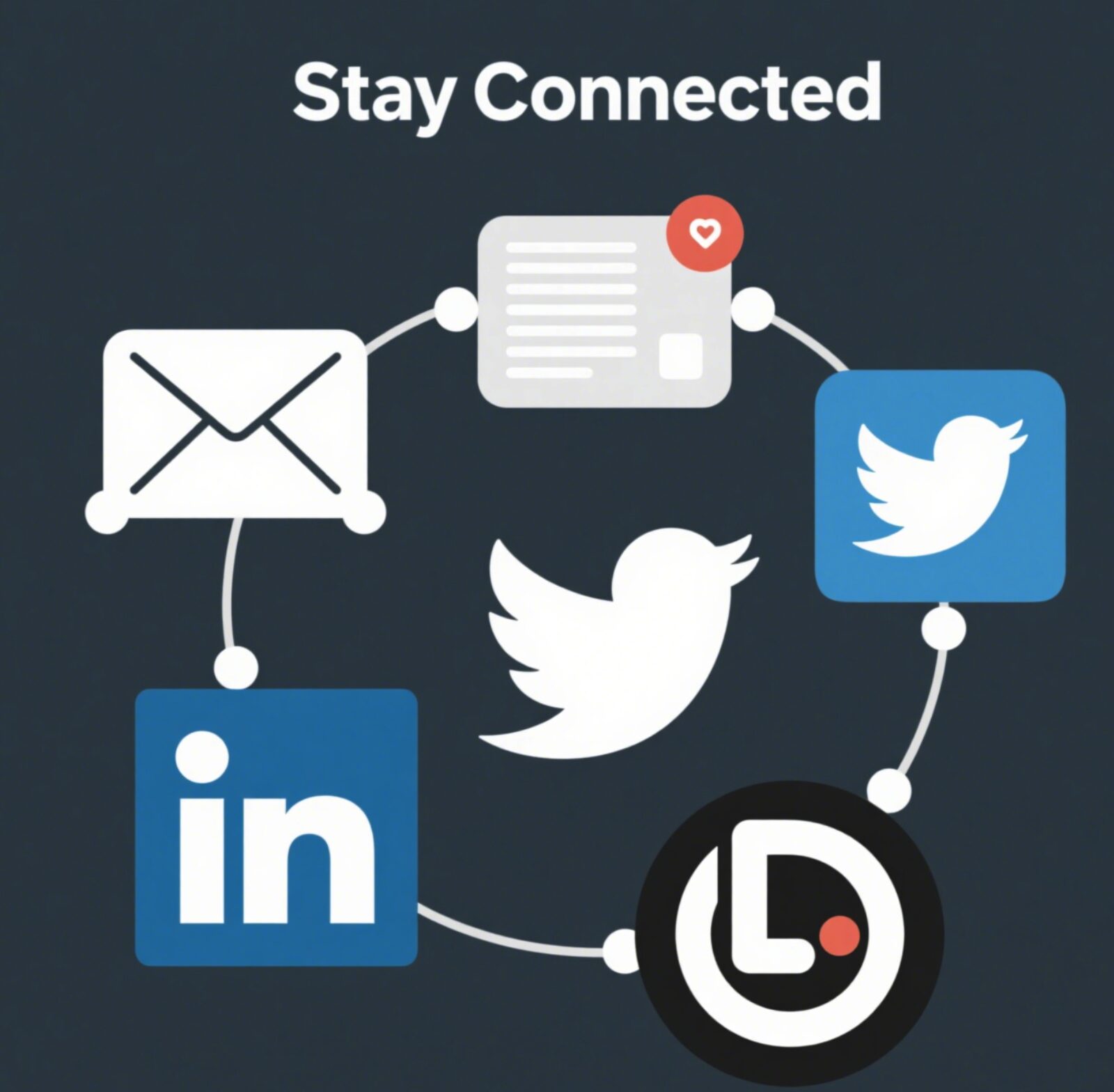
Stay Connected
Thank you for visiting the MCPFly blog! We're excited to embark on this journey of exploring and advancing the MCP ecosystem together. We look forward to your active participation and feedback as we grow this community.

